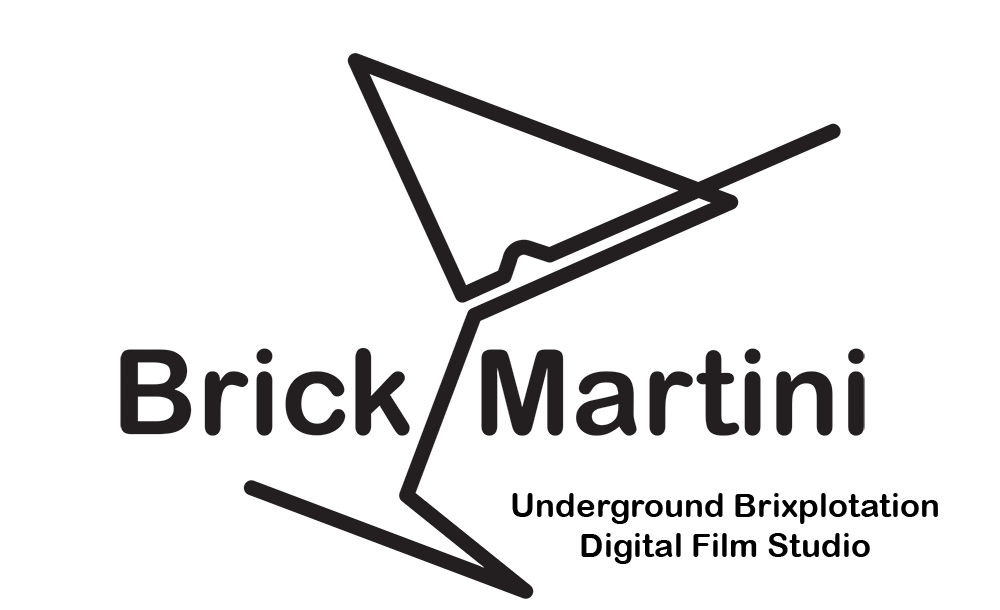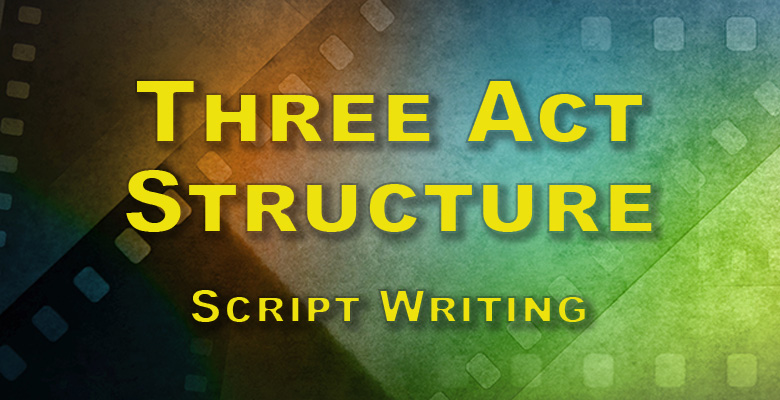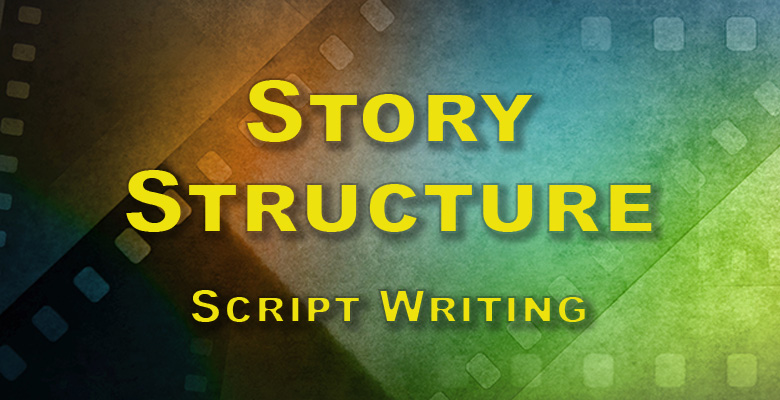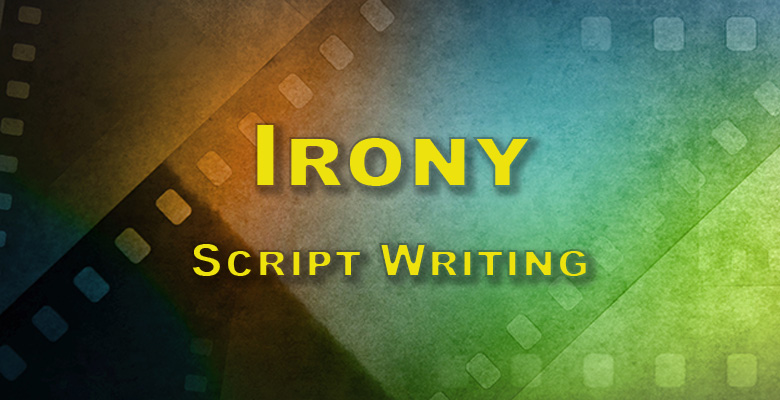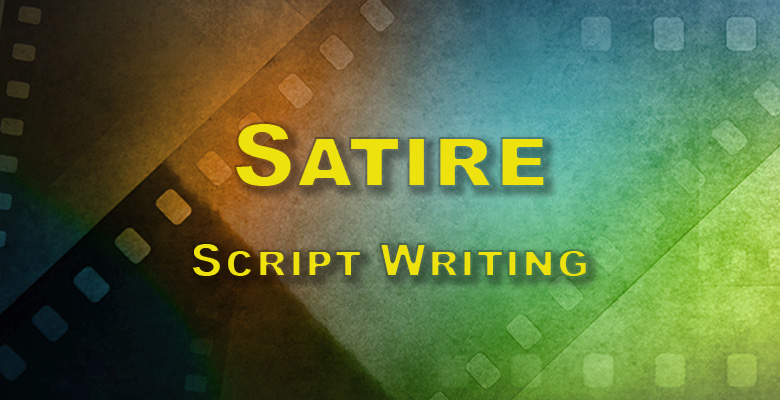Creating characters is one of the most exciting and intricate aspects of storytelling. Well-developed characters can drive a story forward, engage readers, and become iconic in their own right. Here’s a guide to creating compelling characters:
1. Start with Basics:
- Name: It can set the tone for the character. Consider its origin, meaning, and sound.
- Age: This can influence the character’s worldview, physical abilities, and relationships.
- Physical Appearance: While not always necessary to detail exhaustively, key features can be memorable or inform character history.
2. Delve into Backstory:
- Family: Family dynamics can shape a character’s personality, values, and motivations.
- Past Traumas or Triumphs: These can be crucial in defining fears, motivations, skills, and desires.
- Education & Occupation: They can provide insight into the character’s skills, daily life, and social status.
3. Personality & Traits:
- Strengths and Weaknesses: Both make a character relatable and multi-dimensional.
- Likes and Dislikes: These can be used to add depth and make a character feel real.
- Habits & Quirks: Small, consistent behaviors can make a character memorable.
4. Motivations & Goals:
- Internal Motivation: This is a deep-seated reason for a character’s actions, often linked to emotion or personal history.
- External Motivation: Tangible goals or needs that drive a character’s actions in the story.
5. Relationships:
- Friends & Allies: Relationships can provide support, create conflict, or showcase different facets of the character.
- Enemies & Rivals: These relationships can drive the plot and reveal the character’s strengths and weaknesses.
6. Character Arc:
- Growth: How does the character change or evolve over the course of the story?
- Static: Some characters remain largely unchanged, serving as pillars or constants in a story.
- Decline: Not all arcs are positive; some characters may face a downward trajectory.
7. Voice & Dialogue:
- Speech Patterns: These can indicate a character’s background, education, and personality.
- Unique Phrases or Slang: Consistent language use can make a character stand out.
8. Role in the Story:
- Protagonist, Antagonist, Sidekick, Mentor, etc.: Each character should serve a purpose in the story, whether it’s driving the plot or supporting the main characters.
9. Flaws & Conflict:
- Internal Conflict: Personal struggles within the character, such as fears or moral dilemmas.
- External Conflict: Struggles with outside forces, be it other characters, nature, or society.
10. Research & Inspiration:
- Real-Life Inspiration: Drawing from real people can add authenticity.
- Diverse Experiences: Researching backgrounds, cultures, and experiences different from your own can create well-rounded, respectful representations.
Tips:
- Avoid Stereotypes: Strive for depth and avoid one-dimensional characters.
- Character Sheets: These are tools where you can jot down all details about a character, helping maintain consistency.
- Evolution: Allow characters to evolve, even beyond your initial plans. Sometimes they’ll surprise you!
- Empathy: Even if you disagree with a character’s choices, understanding and empathizing with them can lead to richer storytelling.
Creating characters is a blend of art and craft, intuition and planning. The more time you invest in understanding and developing your characters, the more real and compelling they’ll become to your readers.

